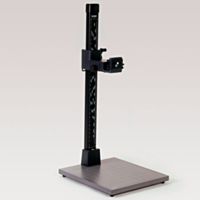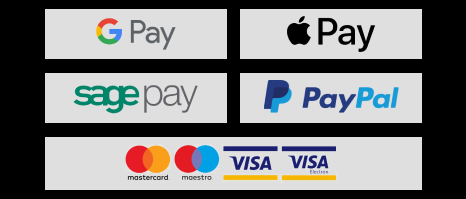What is the difference between sRGB and Adobe RGB?


If you’ve ever played around with the settings either in your camera or in your editing software, or you ever made the transition from darkroom to digital, chances are you’ve come across the options sRBG and Adobe RGB.Both of these are popular colour spaces in which most photographers work, but there can occasionally be confusion about the differences between the two and when it’s best to use either. The human eye can see more colour than any other device on the planet, so colour spaces are a way of mapping out what a device can capture or recreate.
 |
Take a look at the image to the left, which we’re sure that most of you will have seen before. As you can see, Adobe RGB displays a wider area of colour, in particular, more greens and blues, whereas sRBG offers a narrower gamut of colour. When it comes to JPEGs, this doesn’t mean they show different numbers of colours – you’ll always get 256 reds, 256 blues, and 256 greens. The difference is in the range of colours represented. This means that the difference between the colours are more stark in Abode RBG than they are in sRGB. So in essence – same number of colours, but a bigger difference between them. |
What are the pros and cons of sRGB and Adobe RGB?
sRGB
PROS
sRGB is the default colour space for most average displays, browsers, and some printers, meaning that your images will look more accurate when other people view them
Your workflow will be simplified as you don’t have to spend time editing in a space that you might not necessarily be seeing correctly.
If you don’t want to edit your images at all, then they will be displayed accurately when posted online
CONS
sRBG’s narrower colour gamut means that images will not be as vibrant
You can’t capture in sRGB then convert to Adobe RBG – as the images were not shot in the right colour space, your tools will end up “guessing” what colours should be present, and often these guesses can be pretty poor
Adobe RGB
PROS
Can display a wider gamut of colours
Professional photographers, in particular, can benefit from a wider colour gamut if they want to edit or do more with their images than simply post them online
You can always shoot in Adobe RGB then convert to sRGB afterwards, but there’s serious limitations when trying to do this the other way around (Note It is now common practise to shoot in RAW and then convert down to RGB or sRGB)
CONS
Most of the world outside uses is designed for sRGB display, meaning if you export your images as Adobe RGB and post them online, they won’t look right to everyone else viewing them.
So which is best for printing, sRGB or Adobe RGB?
While this generally depends on your photo and the type of printer, Adobe RGB generally offers the best results for professional photographers who produce their own prints.
This is for a variety of reasons.
Most of the commercial printing labs use a technique that involves shining light onto the photographic paper. These printers have a colour range not dissimilar to sRGB. This makes sense due to the fact that they’re often used by not professional photographers, but by casual photographers who are unlikely to invest in their own print set up and, you guessed it, tend to shoot in sRGB.
For those photographers that have invested in their own print set up, Adobe RGB is a good option because of the way inkjet printers work. Essentially, inkjet printers are capable of displaying a wider range of colours due to the fact that they simply spray more or less ink on the page.
Adobe RGB is also best for prints simply because of the vibrancy and range of colours that are afforded by it. if you work with 16-bit images, for example, you’ll need the wider colour range when it comes to printing – export as sRGB and you’ll lose an awful lot of the potential vibrancy and depth that could have been present in your print. And if you’re going to print and post on the web, you can always work in Adobe RGB and convert back to sRGB. But if you plan to do both and work in just sRGB, your print won’t come out nearly as well.
Looking for more printing advice? Check out out technical support page or get in touch to find out how any of our products can help you achieve better prints.
If you would like to stay on top of all the latest information from Fotospeed don't forget to sign up to our Newsletter










